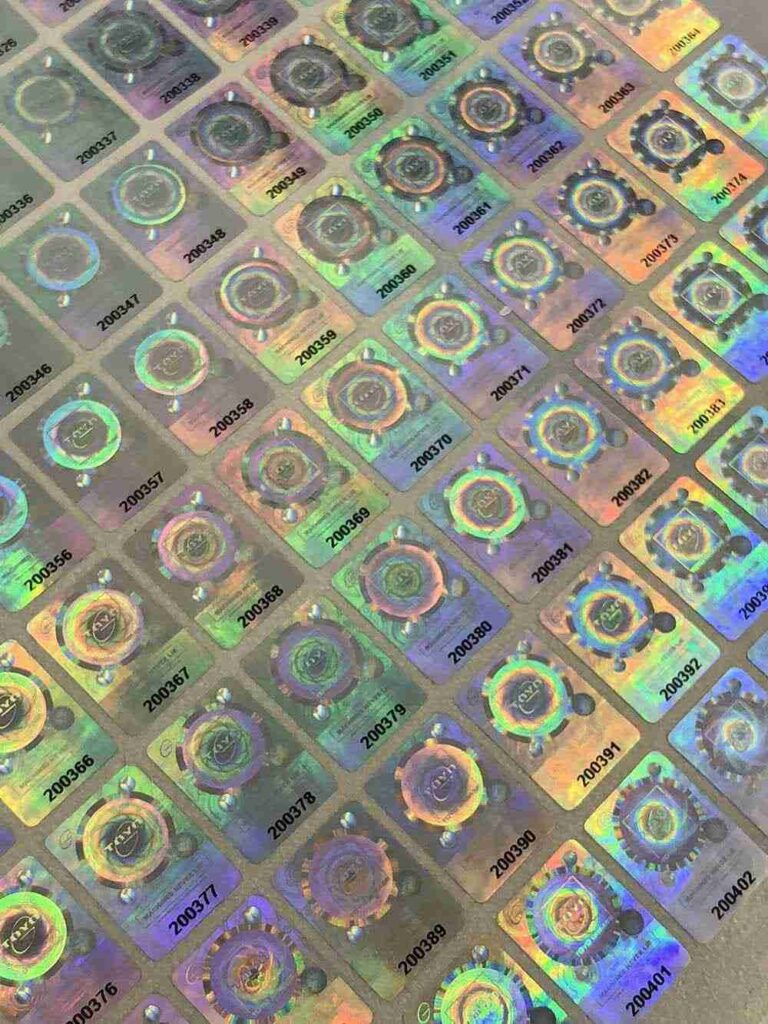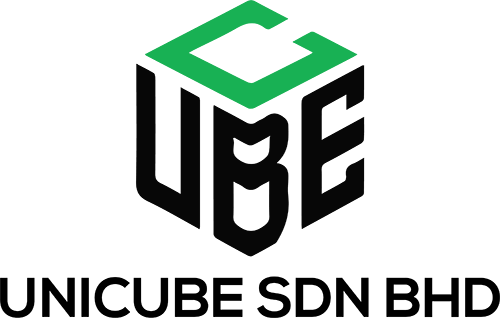In today’s busy world, counterfeit products enter the market and confuse customers. People now buy things online, in stores, and on social media. Businesses need robust methods to protect their products and brand image. This is how the concept of hologram security came to life.

When shoppers trust a product, they remain loyal. However, counterfeit items erode that trust. They ruin the customer experience, create confusion, and damage the company’s reputation. To prevent this, businesses have started using security hologram stickers and QR code stickers that protect products and help track them. These effective tools do more than just guard against fraud; they guide consumers, confirm authenticity, and deliver real value across diverse global markets and business sectors.
What Is a Holographic Security Label?
A holographic security label is a special sticker that uses light and design to make unique images. When people move the label under a light, it shows colourful patterns, shapes, or symbols. These labels are hard to copy or fake under any normal printing process.
Companies use these labels to stop others from selling fake versions of their products. Some holograms come with a product QR code or even a QR code system that customers can scan to check if the product is genuine. This adds a smart way for buyers to feel safe, and for companies to stay in control of their goods through organised, clear, and trackable product identification technology systems.
Key Features of Holographic Security Labels
Tamper-Evident Surface
Holographic labels often tear or break if someone tries to remove them. This alerts people that a package may have been opened. The labels cling tightly to boxes, bottles, or envelopes, and effectively resist sneaky tricks and tampering attempts during packaging or transportation periods.
Optical Effects and Layered Images
These labels dazzle the eye with shifting colours and bold depth. The effects leap and bounce under light. They make each label look alive and moving. It’s tough to mimic these effects, making the label a smart guard for products in competitive retail, e-commerce, and manufacturing markets.
Micro Text and Hidden Marks
Some labels hold small letters and codes that only special tools can spot. These small details quietly add protection and make copying harder. It’s like having a hidden lock within the sticker, preventing unlawful replication or unauthorised duplication by unverified entities.
Integrated QR Code System
Many holographic labels come with a QR code sticker or product QR code. These codes connect the product to a digital world. Customers can scan the code to learn if the product is real, and sometimes even find where it came from, supporting transparency and better traceability for both sellers and consumers.
Heat and Water Resistance
Good security hologram stickers can stand heat, water, and harsh weather. This means they work well on food, tools, clothes, electronics, etc. The labels don’t fade or peel easily, even when handled often or exposed to challenging conditions during long-distance shipment.
Types of Holographic Security Labels
Standard Holographic Labels
These labels carry simple images, like logos or seals. When tilted, they reflect light in bright colours. They block fake copies using strong patterns that can’t be made with printers or photocopiers. Such labels provide basic brand visibility and entry-level authentication capabilities.
QR Code Hologram Stickers
This label blends a traditional hologram with a QR code sticker. The visual layer shows the light-bending design, while the code connects the product to a digital QR code system. It’s a smart double shield visual and digital that supports data verification and real-time scanning functions.
Learn how businesses protect products and build trust using hologram verification and QR code systems in our guide on Secure Your Brand with Hologram Verification and QR Codes.
Destructive Hologram Labels
These labels split apart when someone peels them off. They shatter or leave pieces behind, showing someone has tried to mess with the package. Businesses use them to ensure nobody sneaks open a box and closes it again unnoticed, which helps reduce inventory-related fraud activities.
Tamper-Proof Holograms
These offer another layer of defence. They may leave a pattern behind, like the word “VOID,” if
someone peels them away. This stops tampering and makes things safer for buyers. These labels reinforce brand security during sales, delivery, and warranty periods.
Customised Hologram Labels
Some businesses need special touches—logos, batch numbers, or colour themes. These labels match those needs while keeping strong hologram security in place. They also make the product look more polished and professional, accurately matching brand style guides and marketing requirements.

Benefits for Businesses
Protects Brand Identity
When a company’s logo appears in a shiny, eye-catching design, people know it’s official. Security hologram stickers push away fake sellers and protect the brand’s face. They frequently stop dishonest traders from fooling buyers through copied labels and misleading advertisements.
Builds Customer Trust
When shoppers see a product QR code or QR code sticker, they show their interest in a particular item. They can scan the code to confirm the product is safe and real. That small scan builds a large wall of trust between buyer and seller across every level of the purchasing experience.
Tracks Products in Real Time
A QR code system helps companies track their products from the factory to the store. This tracking clears confusion if a problem appears. It also helps stop fake items from slipping into real product lines through proactive monitoring and serial-based documentation.
Supports Legal Protection
Many companies use hologram security as legal proof in case of disputes. These labels act as records. They help settle issues when fake products are found. A strong label can guard a business in court or against customer complaints with an authenticated product history and legal backing.
Industries Using Holographic Security Labels
Pharmaceutical Industry
Medicine companies use these labels to keep medicines safe. A fake pill can harm someone. So labels with QR code stickers and holograms confirm each box or bottle is real. This protects lives and reputations and meets safety rules from healthcare regulatory departments.
Consumer Electronics
From headphones to laptops, devices carry security hologram based stickers. These stop fakes from entering the shelves. They also help with warranty tracking, so the company knows what it sold and when, improving service accuracy and minimising claim errors for tech-related brands.
Fashion and Apparel
Clothes and shoes often have QR code stickers on tags. Buyers scan them to know they got the real item. Fashion brands avoid counterfeits with bright, unique holograms stitched into tags or labels, boosting product integrity for global apparel businesses.
Event Ticketing and Documentation
Tickets, vouchers, and certificates carry hologram security layers to prevent copies. Labels protect official papers so no one can duplicate them. Schools, concerts, and corporate offices use them often to prevent unauthorised reprints and identity misuse on official documents.
The Future of Holographic Security Labels
Holographic labels keep growing smarter. More labels now link to QR code systems that work with phones and apps. As technology changes, holograms combine design with smart features. They will stay important in ensuring people get safe, trusted goods in business and commerce.
Conclusion
Protecting a product means more than just sealing a box. It means giving the buyer a real reason to believe in what they hold. Security hologram based stickers and QR code based stickers clearly explain that reason. They work hard in silence, keeping fake goods away and true products safe. Companies must guard what makes them special in a world full of choices and copies. That’s where hologram security comes in. With the help of smart product QR code tools and strong QR code systems, businesses can confidently hold their legacy. It’s not just about a sticker; it’s about trust, identity, and truth. Every brand should secure its reputation using reliable, functional, and innovative labelling technologies.


